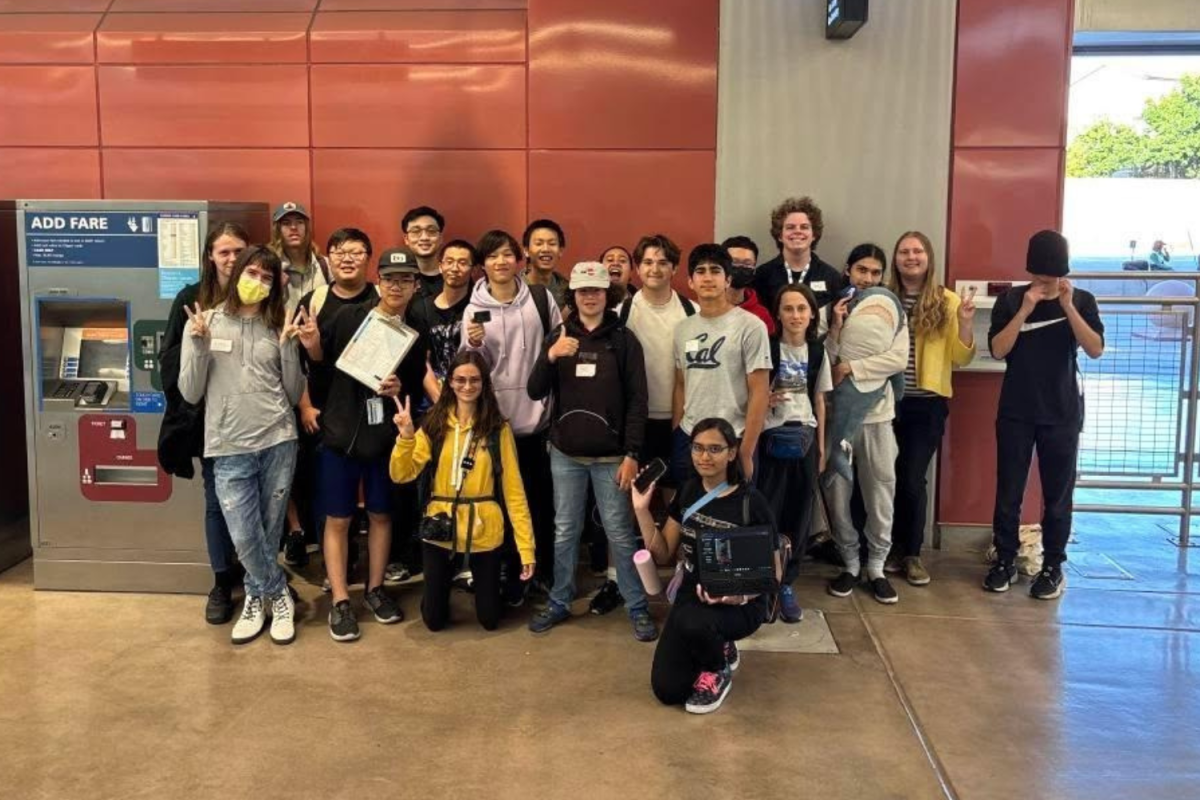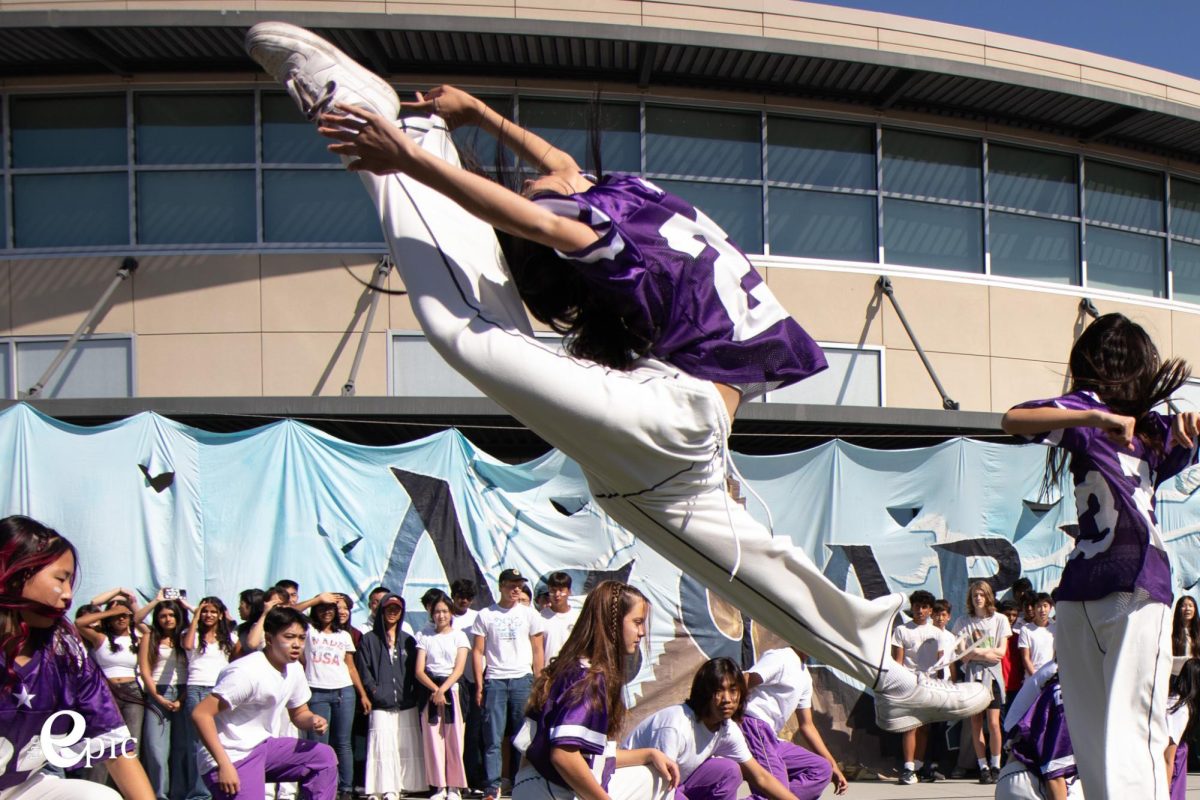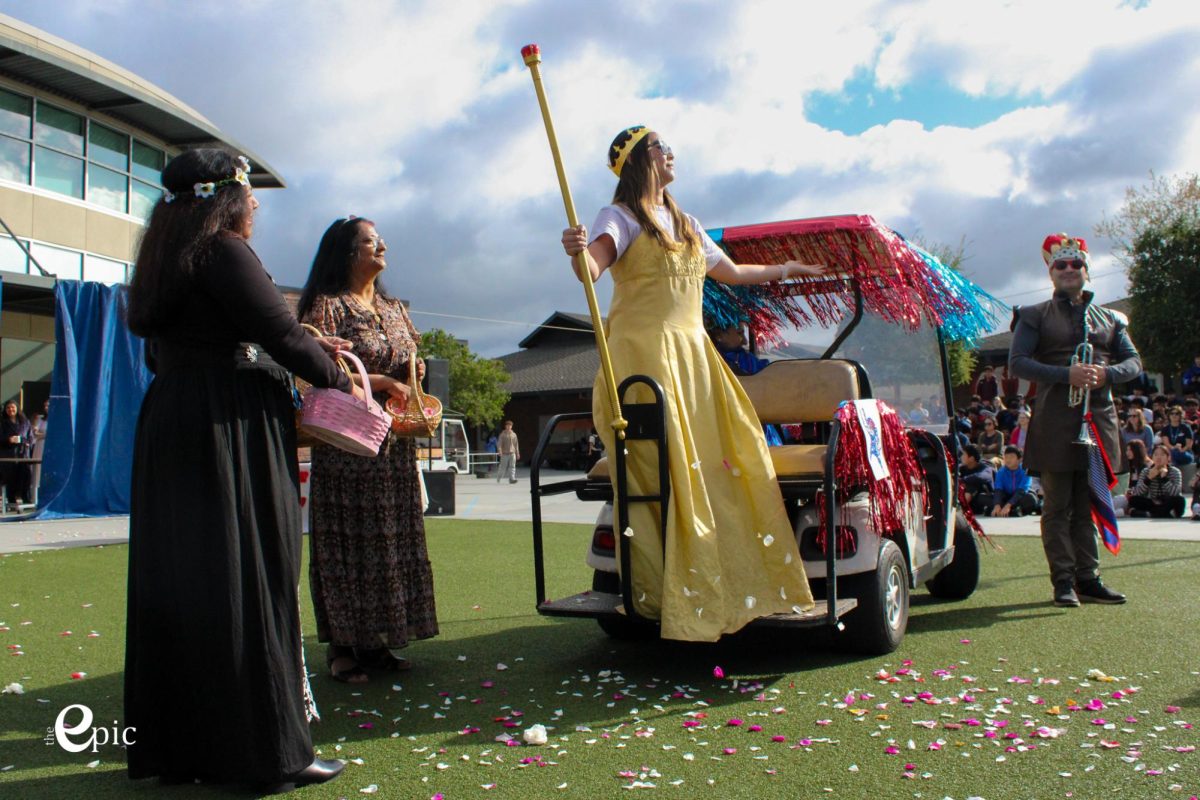Over the past few years after evolving from a niche form of exercise to a global phenomenon, Pilates has captivated the attention of many. Pilates gained recognition for its innate ability to improve flexibility, strength and overall fitness. As its popularity continues to grow and become more mainstream, Pilates has proven its ability to bring more awareness to improving physical and mental fitness.
Pilates — first coined by its inventor Joseph Pilates, a German circus performer — has been practiced since the 1920s. Pilates was inspired by the cats who roamed the circus with energy and agility, chasing mice and birds. Many of Pilates’ exercises are influenced by cats’ movements, such as their stretches. He developed a method called contrology, a set of rehabilitative exercises designed to create total balance of the body and mind.
While Pilates used to be a more niche exercise, it has recently become more mainstream as an exercise favored by celebrities and models alike. Between 2010 and 2023, the number of participants in Pilates has shot up by over 3 million people. Since the COVID-19 pandemic, Pilates has surged in popularity due to its accessibility, allowing people to work out at home, with or without equipment. Through social media platforms, influencers have promoted Pilates as a way to achieve the desired body with toned muscles. The positive effects of Pilates have also become widely known — it’s an excellent way to improve sleep and cognitive function, heal injuries and boost immunities.
“I think it’s good that influencers are promoting Pilates on social media because they show healthy bodies, something many people are looking for,” junior Victoria Ma said. “So I think it has a pretty positive impact on society.”
However, this rise in popularity has brought a multitude of misconceptions. One of the most common ones today is that Pilates is an “easy” form of exercise, when in reality it is an exercise that focuses almost entirely on core strength, requires an immense amount of control and concentration.
“Pilates is really different from what you would typically do for working out because it’s more low impact and slower-paced compared to weightlifting and cardio,” Ma said.
Nevertheless, movement in Pilates is deliberate and precise, a shift from exercises that emphasize pure strength or explosive power, presenting a heightened learning curve for beginners. Pilates also requires slow and controlled movements, which may be more challenging than other forms of cardio exercise that require more explosive movement. In turn, Pilates emphasizes a build-up of endurance and strength, while using your body weight as resistance.
“Through my experience of actually doing pilates myself, I realized it’s definitely more of a workout than just stretching,” Ma said.
Many harbor the misconception that Pilates is just another form of yoga. Although the two share similarities, yoga and Pilates are built upon different foundations. Yoga specializes in connecting with the spirit and using movement to tap into flow and universal energy, an esoteric belief that life exists all around us, while Pilates is primarily focused on relaxing and strengthening muscles. In addition, Pilates improves balance and likewise posture.
“Especially in today’s world, we’re always on our computers and everything is pulling our posture forward,” lead Pilates instructor at West Valley College Victoria Piatt said. “Finding that balance through Pilates helps us open up and bring us back to ideal alignment.”
Despite its benefits, many are reluctant to try Pilates due to an incorrect assumption that Pilates requires large and expensive equipment to perform. The most common equipment that one may think of is called a Pilates reformer, which was invented by Joseph Pilates himself. The reformer is a bed-like platform that rolls back and forth on wheels within the frame of the bed. Reformer Pilates is a subgroup of Pilates that is designed to engage every muscle in your body, using weight resistance springs, moving carriages and other accessories. Contrary to popular thought, all basic Pilates exercises can be done on a mat, and exercises that require springs, pulleys and bars are for more intense sessions, but not necessary when practicing Pilates on a less strenuous level. Pilates is widely accessible to people of all ages, genders, shapes and sizes.
“You can do Pilates anywhere,” Piatt said. “It’s so simple to learn the foundational pieces to Pilates, which you can incorporate into whatever activity you want.”
As Pilates continues to rise in popularity, it is especially important for individuals to be aware of the misconceptions surrounding Pilates and look to professionals for concerns and advice. There are plenty of resources created by professionals that are widely available online that students can access easily, like YouTube or online paid classes. Students can educate themselves on its accessibility and benefits through actively participating in Pilates and discovering what the exercise has to offer.
“I would highly recommend trying pilates at least once in your life,” Ma said.











































































